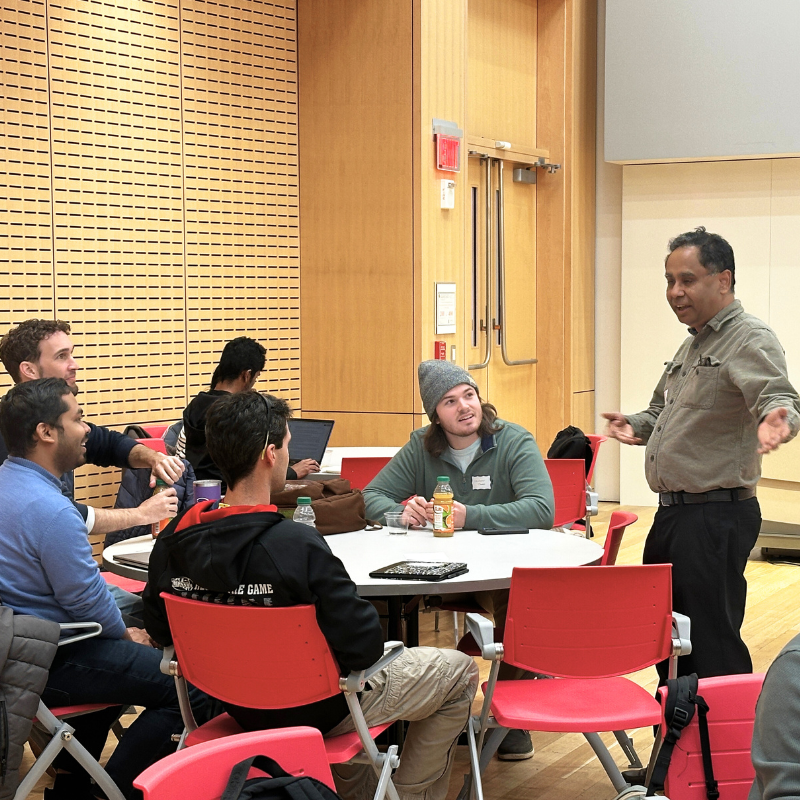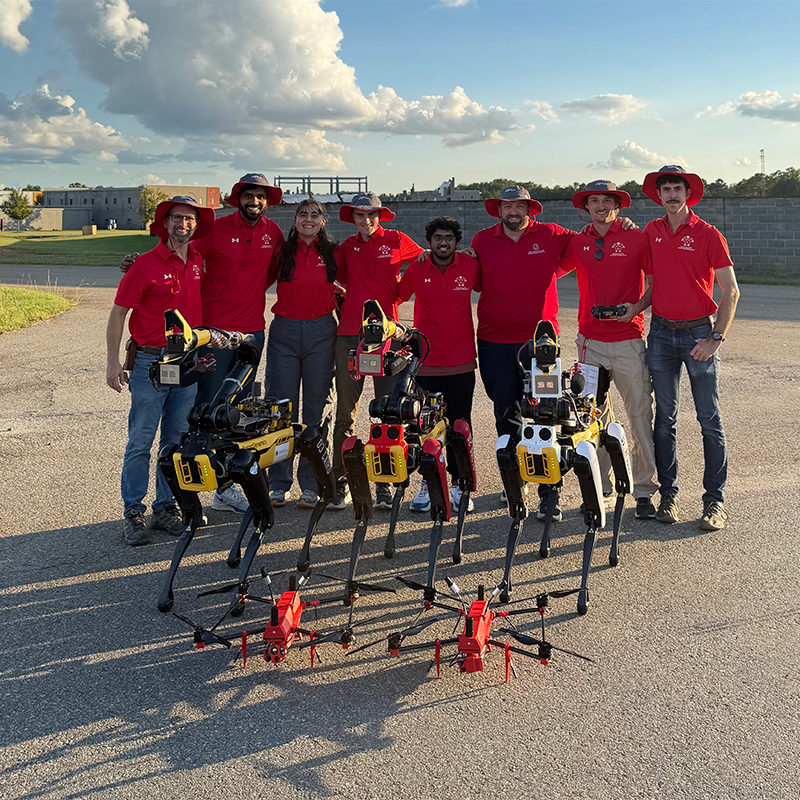News Story
Baras gives invited lecture to NITRD large scale networking group
Professor John Baras (ECE/ISR) recently gave an invited lecture at the National Science Foundation on important research problems and challenges in complex networks. Baras spoke on May 11 to the Large Scale Networking (LSN) coordinating group (CG) of the Networking and Information Technology Research and Development (NITRD) program.
The LSN CG of the NITRD federal community consists of senior research managers and researchers in networking research and has a strong interest in assessing the capabilities and status of research on network complexity. Dr. Baras’s lecture, “Complex Dynamic Networks: Architectures, Games, Components, Probability” is available at the NITRD website.
Dr. Baras described his recent research results on the foundations of network science, including models of multiple interacting dynamic hypergraphs, collaboration in networks and constrained coalitional games, dynamic trust in networks, component-based network synthesis, effects of topology on performance, the need for new probability models, dynamics of biological networks and cancer research. He described the most promising and challenging problems for future research, emphasizing the interactions between multiple graphs used in network modeling, the need for developing a taxonomy of network architectures, the need to develop formal methods for compositional synthesis and verification of network protocols and the need for non-Kolmogorov probability models for representing the multitude of data in complex networks.
NITRD is the nation’s primary source of federally funded revolutionary breakthroughs in advanced information technologies such as computing, networking, and software. NITRD represents a unique collaboration of more than a dozen federal research and development agencies. The LSN CG coordinates the activities of the Large Scale Networking Program Component Area. LSN members coordinate federal agency networking R&D in leading-edge networking technologies, services, and enhanced performance. This includes programs in network security, new network architectures, heterogeneous networking (optical, mobile wireless, sensornet, IP…), high data transport, federation across networking domains, testbeds, end-to-end performance measurement, and advanced network components. LSN also is active in grid and collaboration networking tools and services; and engineering, management, and use of large-scale networks for scientific and applications R&D. The results of this coordinated R&D, once deployed, can help assure that the next generation of the Internet will be scalable, trustworthy, and flexible.
Published June 11, 2010











